Expansion of E-commerce Platforms
The Muscle Stimulator Market is witnessing a significant expansion of e-commerce platforms, which is transforming the way consumers access these products. The convenience of online shopping, coupled with the ability to compare products and read reviews, is encouraging more individuals to purchase muscle stimulators. E-commerce platforms are also providing manufacturers with a broader reach, allowing them to tap into new markets and demographics. Recent statistics suggest that online sales of muscle stimulators are on the rise, indicating a shift in consumer purchasing behavior. This trend is likely to continue, as the Muscle Stimulator Market adapts to the evolving retail landscape.
Increased Awareness of Health Benefits
The Muscle Stimulator Market is benefiting from increased awareness of the health benefits associated with muscle stimulation. Consumers are becoming more informed about the advantages of using muscle stimulators for pain relief, muscle recovery, and overall wellness. This heightened awareness is driving demand across various demographics, including older adults and fitness enthusiasts. Educational campaigns and endorsements from health professionals are further promoting the use of muscle stimulators as a viable option for enhancing physical health. Market data indicates that this trend is likely to continue, as more individuals seek non-invasive solutions for their health concerns, thereby bolstering the Muscle Stimulator Market.
Growing Demand for Rehabilitation Solutions
The Muscle Stimulator Market is experiencing a notable increase in demand for rehabilitation solutions. As the population ages, the prevalence of musculoskeletal disorders rises, leading to a greater need for effective rehabilitation methods. Muscle stimulators are increasingly recognized for their ability to aid recovery from injuries and surgeries, enhancing muscle strength and reducing pain. According to recent data, the rehabilitation segment is projected to account for a substantial share of the market, driven by the growing awareness of the benefits of muscle stimulation in physical therapy. This trend suggests that healthcare providers are likely to incorporate muscle stimulators into their treatment protocols, further propelling the Muscle Stimulator Market.
Technological Innovations in Muscle Stimulators
Technological innovations are playing a pivotal role in shaping the Muscle Stimulator Market. Advances in technology have led to the development of more sophisticated and user-friendly devices, which are increasingly appealing to consumers. Features such as wireless connectivity, app integration, and customizable settings are enhancing the user experience and expanding the market reach. Furthermore, the introduction of portable and compact devices is making muscle stimulators more accessible to a broader audience. Market analysis suggests that these innovations are likely to attract new customers, including those who may not have previously considered muscle stimulators, thus contributing to the growth of the Muscle Stimulator Market.
Rising Popularity of Sports and Fitness Activities
The Muscle Stimulator Market is significantly influenced by the rising popularity of sports and fitness activities. As more individuals engage in regular exercise and competitive sports, the demand for products that enhance performance and recovery is increasing. Muscle stimulators are being adopted by athletes and fitness enthusiasts alike, as they are believed to improve muscle recovery and reduce soreness. Market data indicates that the sports segment is expected to witness substantial growth, as athletes seek innovative solutions to optimize their training regimens. This trend highlights the potential for muscle stimulators to become a staple in the fitness industry, thereby driving the overall Muscle Stimulator Market.
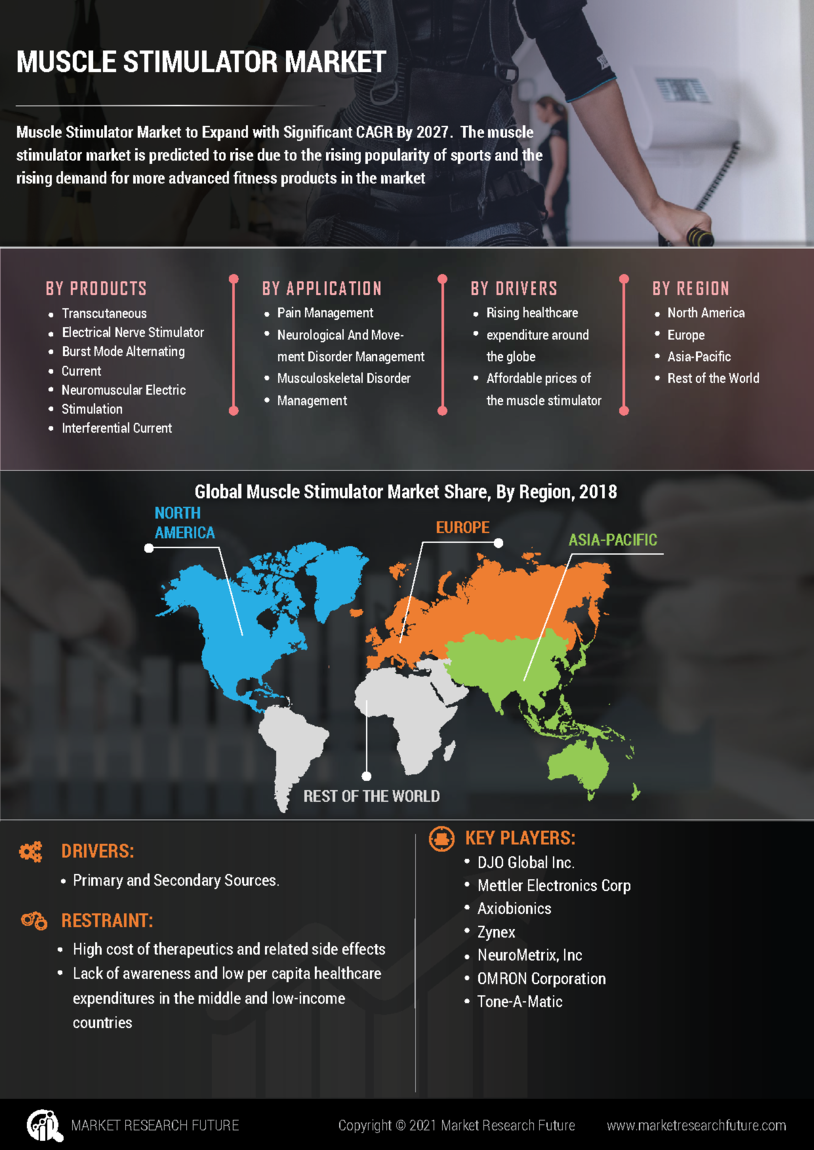

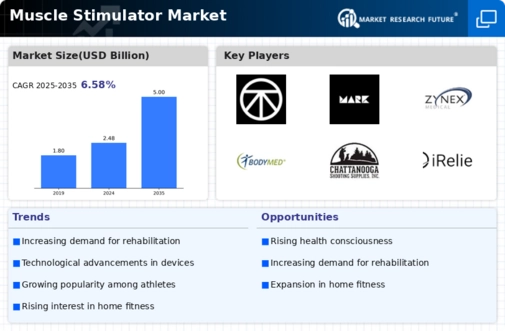
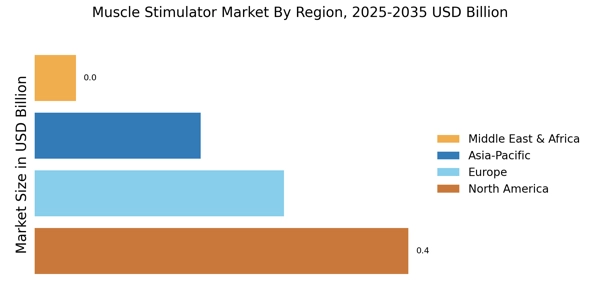

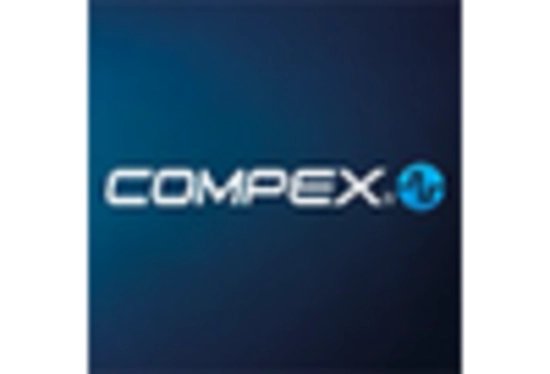
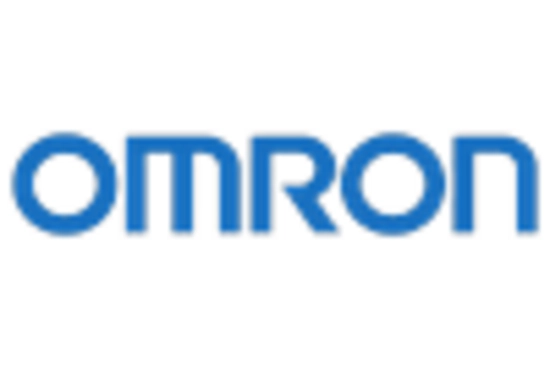

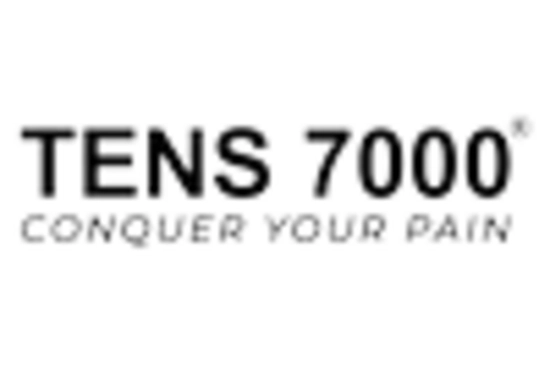
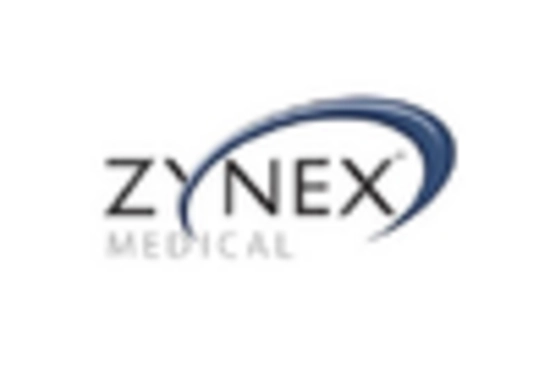








Leave a Comment